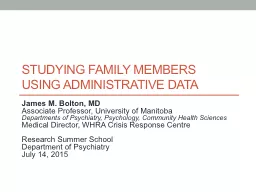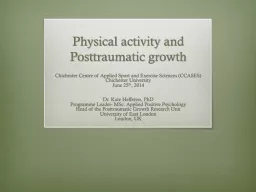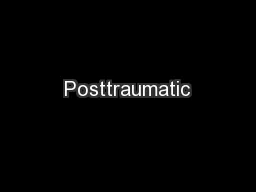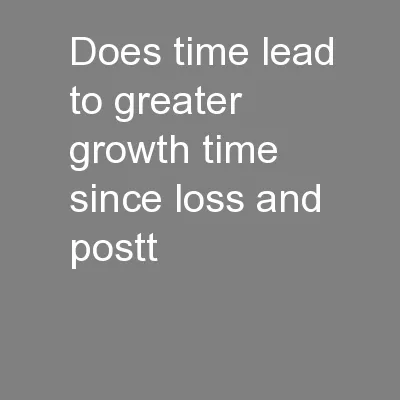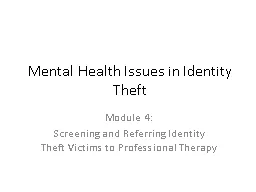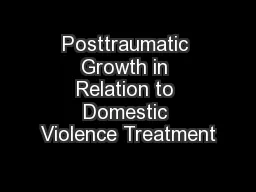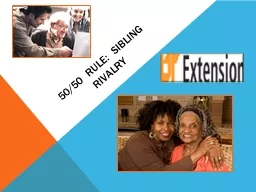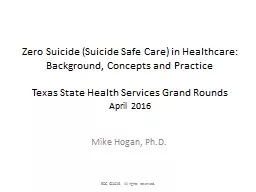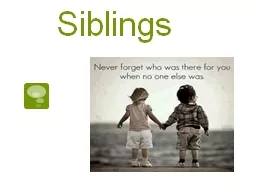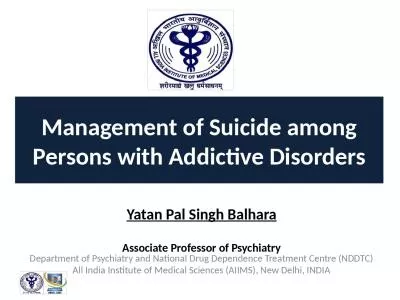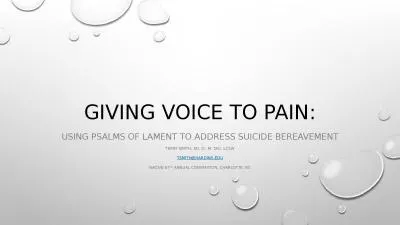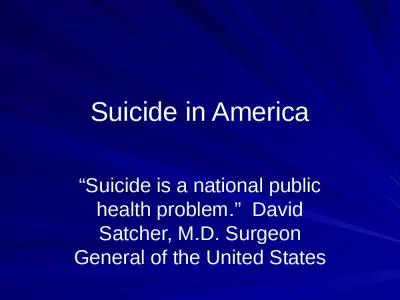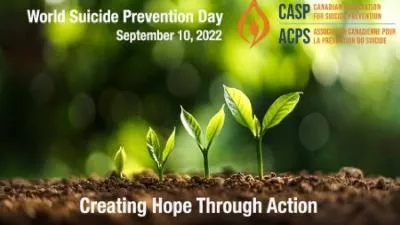PPT-Posttraumatic Growth among Sibling Survivors of Suicide
Author : giovanna-bartolotta | Published Date : 2015-12-07
Paula Rymer MSW Melinda Moore MA amp Julie Cerel PhD University of Kentucky INTRODUCTION A snowball sampling of survivors utilized a secure website to complete
Presentation Embed Code
Download Presentation
Download Presentation The PPT/PDF document "Posttraumatic Growth among Sibling Survi..." is the property of its rightful owner. Permission is granted to download and print the materials on this website for personal, non-commercial use only, and to display it on your personal computer provided you do not modify the materials and that you retain all copyright notices contained in the materials. By downloading content from our website, you accept the terms of this agreement.
Posttraumatic Growth among Sibling Survivors of Suicide: Transcript
Download Rules Of Document
"Posttraumatic Growth among Sibling Survivors of Suicide"The content belongs to its owner. You may download and print it for personal use, without modification, and keep all copyright notices. By downloading, you agree to these terms.
Related Documents


